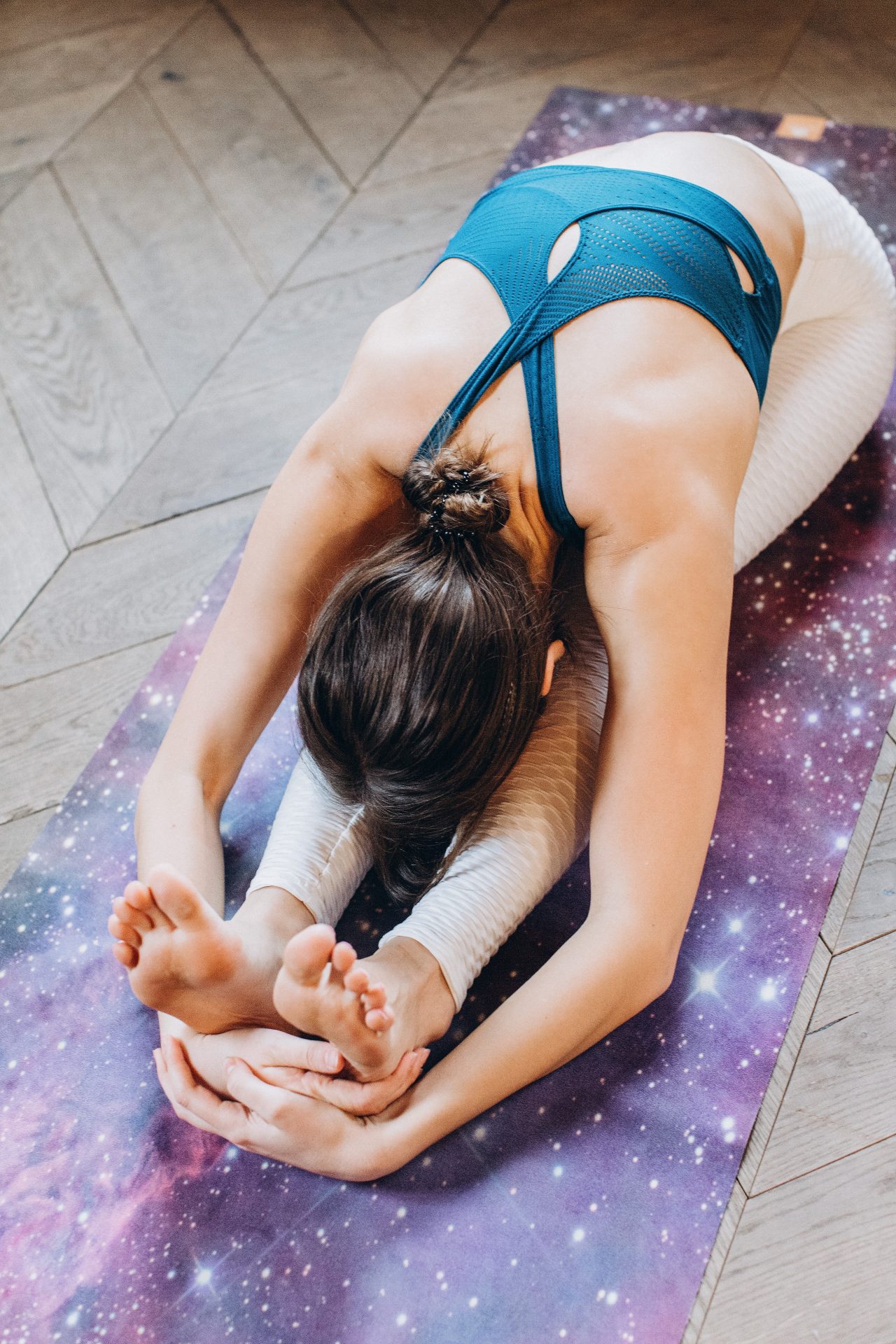Exercising can improve a low mood, but that’s easier said than done. If you’re stuggling with winter SAD, these practical tips could help.
The winters are tough for many of us, but particularly if you’re impacted by seasonal affective disorder. Known as SAD, it’s a condition where the change in seasons causes persistent low mood and depression – more colloquiallyknown as the ‘winter blues’.
As with all forms of poor mental health, one of the key ways to ward off and improve the symptoms of SAD is exercise. But for many people, that’s easier said than done. When you’re feeling down, getting up can be the hardest thing to do.
You may also like
Working from home during winter could make your SAD worse – here’s how to handle it
“Desire to exercise is often down when suffering from SAD, is we know that it eats away at our motivation,” says Dr Brendon Stubbs, a researcher in the field of movement and mental health.
Here, he shares his insight on why exercise is so useful to beat the condition – and how to do it when the winter has you reaching for the sofa instead of your trainers.
Why does exercise help SAD?
There are three reasons why movement is good for our mental health, and particularly for SAD, according to Dr Stubbs.
Brain
“There are some real neurobiological mechanisms which happen when we exercise in order to improve mood,” says Dr Stubbs. “Certain emotional processing areas within the brain are stimulated when we exercise, such as the hippocampus and anterior cingulate cortex. So going for a 10, 15 or 20-minute run has a real emotional impact.”

Dr Stubbs also says that the research shows that movement increases “derived neurotrophic factor. That’s like your brain’s fertiliser, so it helps to stimulate new nerve cells, generate new synapses between those nerve cells, and therefore improve cognitive processing.”
Body
“There is a real relationship between not moving during the course of the day and markers of inflammation,” explains Dr Stubbs. “In turn, inflammation has been implicated in the onset of some mental health conditions, particularly symptoms of depression.”
In a 2016 study, researchers assigned different activity levels to participants. During enforced sedentary lifestyles, levels of inflammation and stress in the body were up, leading to the conclusion that the longer you sat down, the worse your mental health.
You may also like
Anti-inflammatory foods: best foods to fight inflammation and why it's so important
Social
“It’s not enough for researchers to say that exercise will change your brain or inflammation levels if you can’t feel anything in yourself,” points out Dr Stubbs. That’s why he thinks it’s key to emphasise the psychosocial impact of movement on SAD. “If I go out I feel a sense of self-esteem and like I’ve achieved a goal. I may go out and run with a friend or a group of friends and that sense of social connection is also really, really powerful as well.”
What type of exercise is best for SAD?
Low light levels are one of the main risk factors associated with SAD, for reasons including a lack of melatonin (the hormone responsible for your body clock) and vitamin D. It is that reason that Dr Stubbs says that outdoor exercise is a really great way to beat the low mood. “Getting outside is really good for all of us, particularly at the start of the day, whether that’s running, walking or a tai chi class in the park. It doesn’t only set your day off in a really positive way, but you’re getting light on the eyes that sets your melatonin to release before bed, so you can sleep well at night.”

However, if you are seriously adverse to the cold or don’t like exercising in the dark, it doesn’t mean there’s no hope for you. “As a general principle, any movement is beneficial. If you’re deep in the midst of struggling with SAD, any movement you can do that feels manageable today is the right movement for you. There’s no point making you run when you’d rather do yoga, or lift weights when you’d rather walk. Go out and do something which is achievable for you to do today, which you’re going to enjoy and you’re going to find pleasure in. That way, you’re much more likely to do it.”
How to exercise even when you feel SAD?
If you’re still unconvinced that you can really muster up the effort to burpee or downward dog, Dr Stubbs has recommendations.
Start snacking
“Just allocating a break in the day to get some fresh air or do a quick bit of movement can help with any initial difficulty,” he says. This is known as ‘exercise snacking’ – small bits of movement throughout the day that help fit it into your schedule. That might mean look like taking time to go outside on your lunch break, even if just for five minutes, or a quick stretch at your desk.
You may also like
Exercise snacking: can a five-minute workout make you fitter?
Limit time sitting down
In the same vein, don’t sit for hours on end at your computer or in front of your TV. The act of simply standing up from work every so often is hugely important for your health and can help you shake off the day. A 2020 study showed that high sedentary time was associated with a higher risk of anxiety symptoms, so try shaking off every hour with a walk around your home.
Be a morning person
If morning activity feels too much right now, morning light viewing is still a great way to feel better. By viewing sunlight or bright light first thing, you set your cortisol for the day. Simply going outside or looking at a light can help you feel more awake and, when you’re ready, you can start to add movement into that process.
Join a group
Scheduling in an activity is a good way to get it done, but it’s easier to cancel on yourself than on others. Signing up for a walk or run club – even if it’s just an informal session with friends – will get you out of your house and moving.
Log the results
“I can’t hook you up to an EEG to see the results of physical activity on every individual, but you can self-report some symptoms to prove the trend,” says Dr Stubbs. Using a system like ASICS MindUplifter, you can log symptoms before and after moving to chart your own mental health progress. There’s not a lot more motivating than seeing your mood lift in real-time.
Images: Pexels / Getty
Source: Read Full Article
